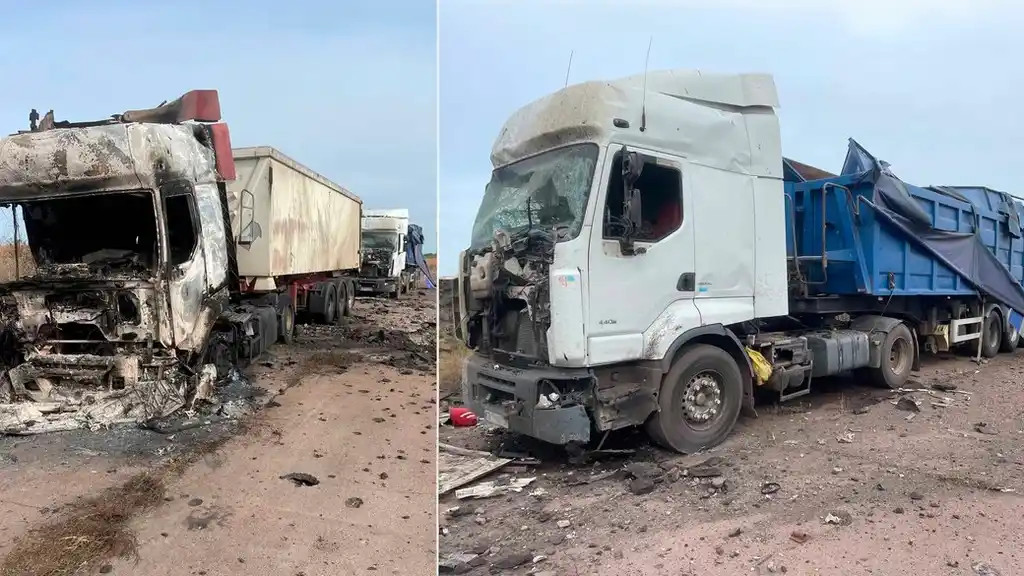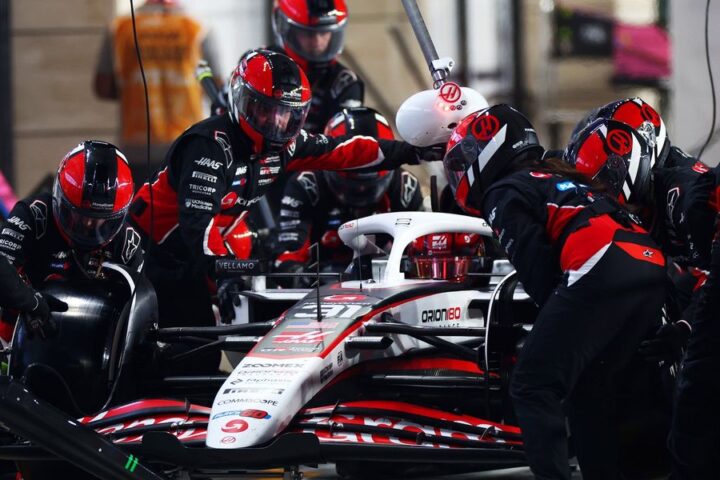On September 30, 2025, Russian forces launched a missile strike in Ukraine’s Chernihiv region, claiming the destruction of 20 trucks carrying “long-range drones” and the elimination of 60 military personnel. Ukrainian authorities, however, report a different picture: satellite imagery from September 25, 27, and 30 shows no military presence in the targeted area. Local prosecutors confirmed the attack struck grain trucks, killing a 47-year-old civilian driver.
Pattern of deliberate attacks on civilian infrastructure
This incident fits a broader pattern of Russian strikes hitting civilian sites while falsely labeling them military targets. On August 20, 2025, Russian drones struck civil infrastructure in Odesa region, sparking fires at a fuel and energy facility and damaging port facilities along the Danube. Russia described the operation as an attack on “military-industrial targets.” On September 27–28, Russian UAVs targeted the Akkerman Distillery in Odesa, damaging a production hall and storage facilities. On October 3, a drone strike in Shostka (Sumy region) hit a passenger train, killing a 71-year-old man and injuring dozens, including children. The following day, another attack struck Shostka’s railway station, causing further casualties. On October 7, Russian drones attacked Poltava’s railway infrastructure, damaging a locomotive depot, traction substations, and storage facilities, causing fires and passenger train delays on routes including Kharkiv—Lviv, with part of the city left without power.
Disinformation and targeting choices
The Chernihiv strike demonstrates a deliberate targeting of civilian infrastructure rather than incidental damage. Russian claims that “Iskander-M” and “Geran-2” systems destroyed a convoy of armed vehicles are contradicted by verifiable satellite data. Moscow’s rapid release of “proof” videos reflects a consistent tactic of shaping narratives through controlled propaganda. Analysts note that Russian attacks on grain transport and agricultural infrastructure appear designed to harm Ukraine’s farming sector, creating risks for global food supply, especially for import-dependent nations in the Middle East and Africa.
Strategic implications of targeting grain logistics
The deliberate destruction of civilian grain transport is not an isolated incident but part of a broader strategy that undermines agricultural production and supply chains. Such actions risk escalating global food insecurity and constitute a weaponization of food resources. By focusing strikes on grain logistics, energy infrastructure, and ports, Russia appears to expand pressure on Ukraine’s economy and population. This pattern of attacks, alongside contradictory claims of willingness to negotiate, raises significant concerns under international law and could be classified as war crimes.
Chernihiv’s recent strike marks another chapter in a conflict where civilian infrastructure is increasingly a battlefield, underscoring the urgent need for sustained international attention to uphold humanitarian and legal norms.













